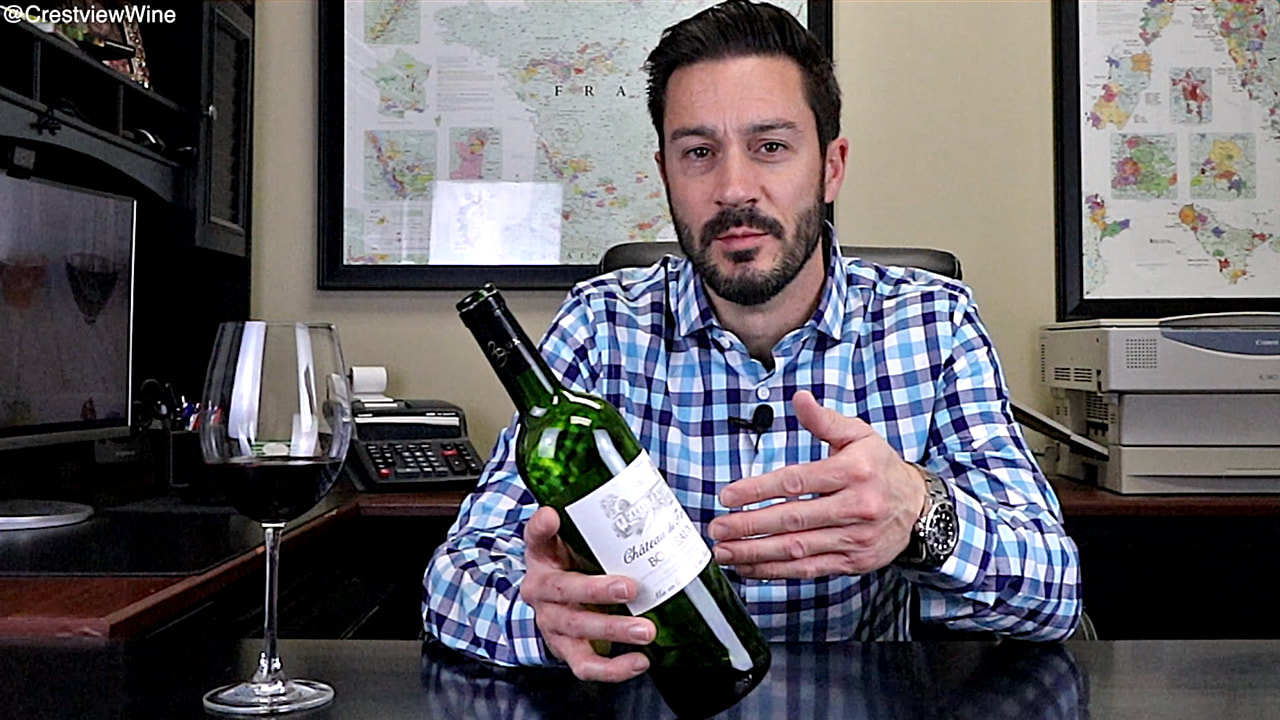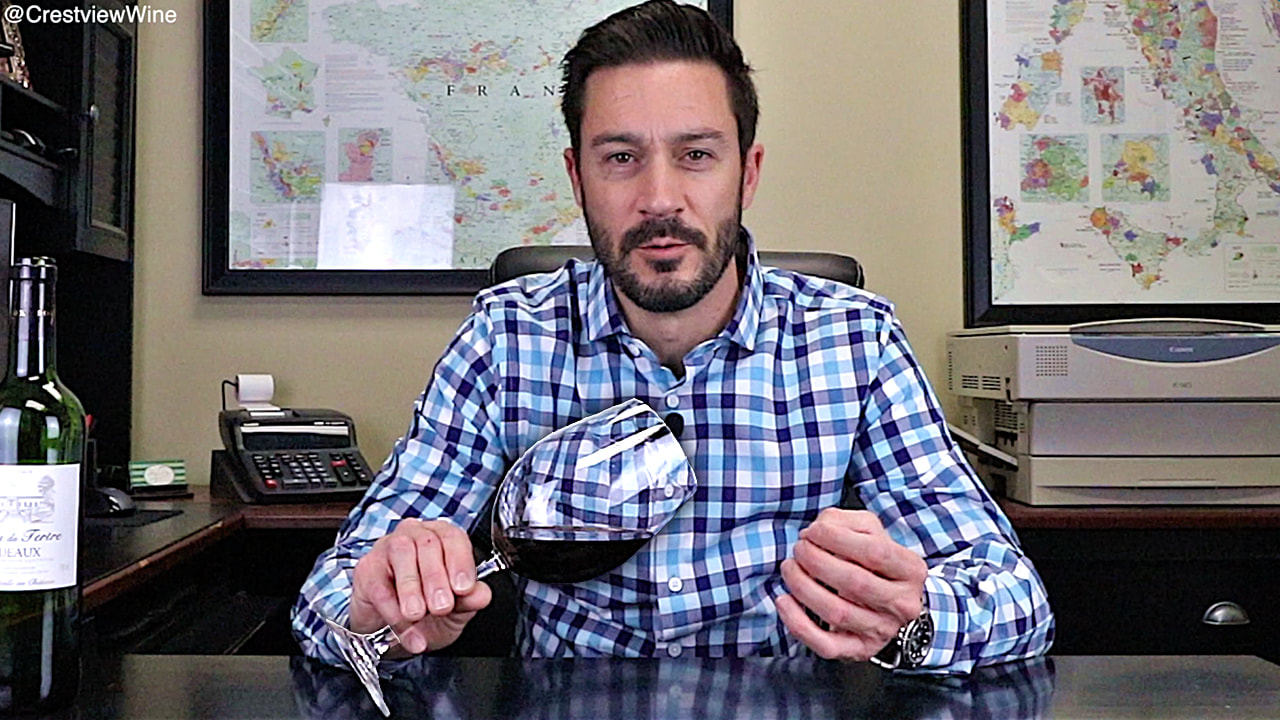|
Red wines are the most luxurious wines you can find. Not based on the price but also on the quality, taste, and even overall ambiance of the wine. Red wine is also the most popular choice when it comes to wines. It has so many different variations, flavor profiles, and blends so that you can always find your favorite. The production of wine has been perfected over years of trial and error. With so many types of red wine out there, you could feel a little intimidated while sitting down in front of a red wine flight. Here are a few tips you can use to truly experience the red wine you’re drinking. As there are many types of red wines out there, it’s not always easy to find one that suits your palette right away. It will be a little easier when you use these tips. Read The LabelDon’t just read the front and skip the back. Even when you’re new to the world of wine, you can still glean a lot of information by taking a good, hard look at the label. Find the source of the wine, the vineyard where it was made. Wines made in colder climates tend to have lighter bodies. Wines that were made in warmer climates, on the other hand, will be riper and full-bodied. They’ll have a more intense flavor. Although these rules are not set in stone and there will always be exceptions, it’s still a good place to start. GlasswareMake sure you pick the right glass before you pour the wine. Red wine glasses are different from white wine glasses. They usually have bowls that are large and rounded. When you’re drinking a lighter red wine, however, pick a glass that’s shorter. This will get your nose closer to the wine, giving you a more intimate sensory experience. Bolder reds should be drunk out of taller glasses with more room for the strong aromas to move around. Don't Just Pour It, Swirl ItPour a small amount of wine into your wine glass, after it has been left to aerate for a while. Note the texture and body of the wine while you’re pouring it. Look whether it’s a more viscous liquid or if it has a slightly thicker build. Is it coating the sides of the wine glass when you pour it? After you’ve poured it, swirl it gently and look at the body of the wine. Opaque wines are usually made in warmer regions and are only left to age for a few years. If your wine leaves ‘legs’ on the wine glass while you’re swirling it, this indicates its level of sweetness and alcohol content. Breathe It InAll wines have special aromas to them.
Take a sniff to study the underlying notes of the wine. You’ll obviously be able to get the main smell, which is most probably fruit-based. Try to identify more fruits than just grapes. • Do you smell strawberries? • Currants maybe? • What type of smell is it? • Sweet or intense? Next, you’ll also be able to find the flavors which were added during the process of winemaking. These can be: • rose • vanilla • mint • pepper It’s okay if you can’t find these notes right away, finding the underlying scents is a skill that takes practice. Now you can take a sip and savor the taste of the wine. Don’t just swallow. Swirl it around in your mouth. Finally, swallow and analyze the aftertaste. Red wines are characterized to have a strong aftertaste that lingers on your tongue for some time. Make sure you pair your red wine with some good food and enjoy. Thanks for reading, Clint Ayesh c.s.w. P.S. Be sure to leave a comment letting us know what more you'd like to know about red wine or any topic involving wine and spirits. We appreciate your attention! :-)
3 Comments
How to Aerate Wine We’ve all heard of letting a wine breathe before we drink it. If we’re enjoying a red wine that’s under 8 years old, letting it sit for a while would improve its taste. Wines contain a chemical called tannins, which makes it astringent. These are the same chemicals that are responsible for why your mouth dries up and puckers right after you take a sip of wine. For older wines, the tannins tends to break down as it ages, and the wine bouquet evolves. However, when you’re planning on enjoying a rather young red wine, the tannin content in the wine could overwhelm the wine’s delicate flavors. By aerating the wine, you can break down some of its tannins, thereby lessening its astringency and opening up its bouquet. Here are 3 ways you can aerate your wine: 1. Use a decanter Decanters come in all shapes, sizes, most are luxurious crystal. There base is usually large and flat to help the wine get maximum exposure to air. Letting the wine come in contact with air in this way helps open the bouquet and make the wine a touch smoother by rounding out those tannins. To further aerate, you might want to try a special funnel (see video) that spreads the wine out of four small holes causing even more air to get into the wine. The funnel usually comes with a screen to catch sediment as well. This comes in very handy with mature wines that have laid down for several years. 2. Use a wine aerator These are typically toppers that fit over the wine bottle or you hold it over the glass and pour into them. As you pour the aerator brings air into the wine simulating the effect in decanting. Although they act much like the funnel described above, in this case there is no need for the decanter. They range from $20 to $100 and can be quite useful in a pinch. 3. Use a wine glass
If you didn’t have all that equipment, don’t worry. Aerating wine can be done using just the wine glass. It’s better to pick a red wine glass with a large bowl. The red wine glasses tend to have a larger bowl that white wine glasses so that it’s easier to aerate the wine. Pour some of the tannic red wine into the glass. Stop when the wine has reached the widest part of the red wine glass. This lets most of the wine come into contact with the open air. It also prevents spilling when you start swirling it. Let the wine breathe for at least 45 minutes. The younger your wine, the more it needs to breathe. You don’t have to let old vintage and mature red wines breathe as long if they've been stored correctly. After 45 minutes, start swirling the wine gently and take a sip. The swirling helps it to aerate further. I hope you enjoyed this post on how to aerate wine. I would love to read your comments down below about which style of aerating wine you would prefer and why. If you'd like to know more about wine please let us know! Thanks, Clint Ayesh c.s.w. |
Welcome!Where you'll find information to help you shop, experience, and understand wine & spirits. Archives
April 2018
Categories |








 RSS Feed
RSS Feed
